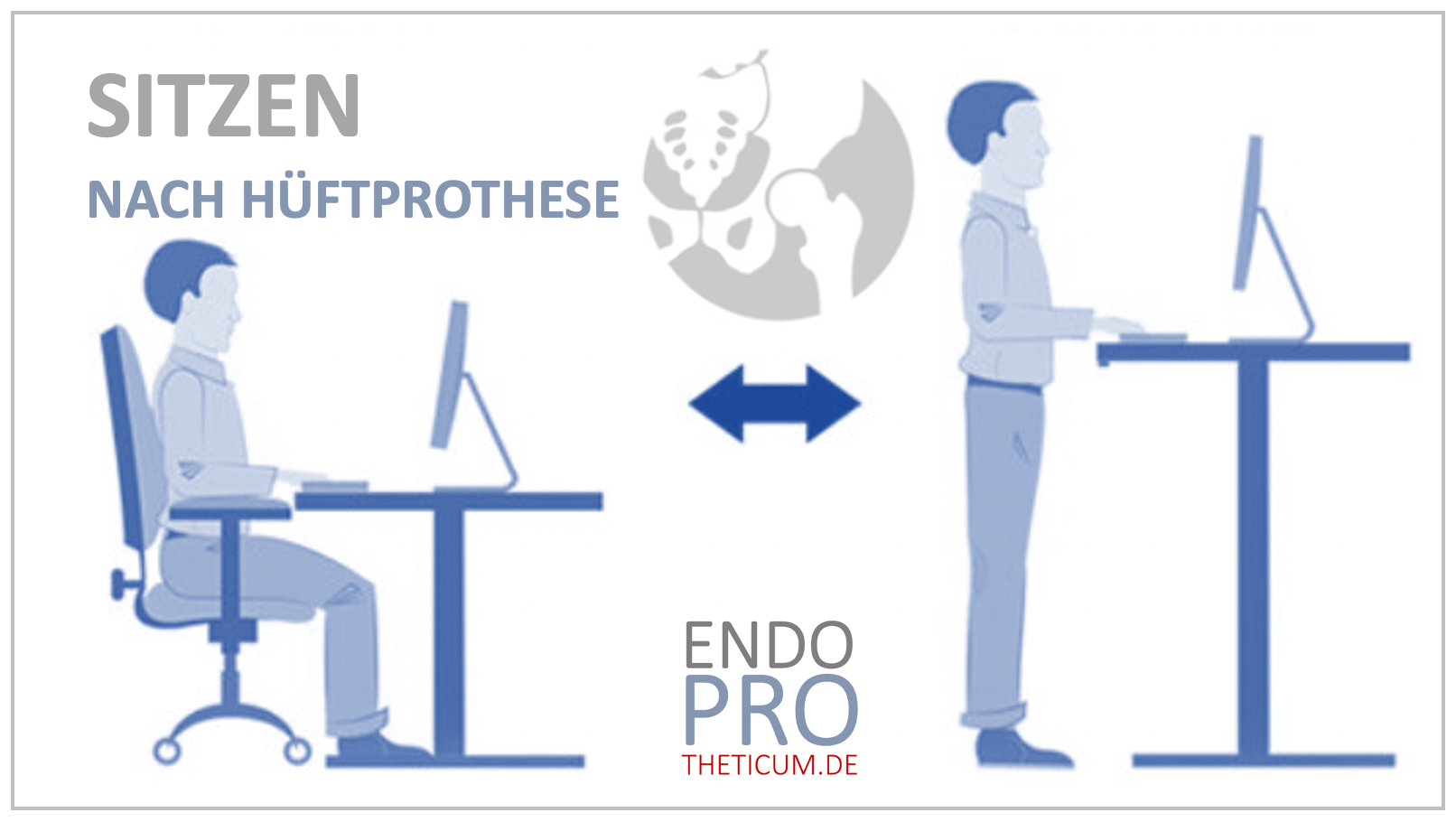How long does a short-stem hip prosthesis last?
Long durability can be expected from modern short-shaft prostheses!

In recent decades, the short-shaft prosthesis has established itself as an innovative alternative to the classic straight-shaft hip prosthesis. Thanks to its gentle anchoring in the proximal femoral structures and the use of modern materials and sliding pairs, a short-shaft prosthesis can offer an impressively long service life with uncomplicated healing. But what does this actually mean for patients, and what factors influence the lifespan of a short-stem prosthesis?
In this article we will examine the durability of the short-shaft prosthesis in detail and pay particular attention to the modern sliding pairings that have significantly reduced abrasion.
What is a short stem prosthesis?
A short-stem prosthesis is an artificial replacement of the hip joint that is characterized by a shorter shaft compared to the traditional hip prosthesis. It is used particularly in younger and active patients because it:
- Promotes bone preservation: Less bone has to be removed during surgery.
- Physiological loading is permitted: the shaft is anchored in the dense, load-bearing bone areas of the femur.
- It is easier to change: In the event of a revision, more bone material is retained for subsequent therapy.
Durability of short-shaft hip prostheses
Factors affecting lifespan
The durability of a short-stem prosthesis is influenced by several factors:
- Materials and sliding pairings
- Advanced materials such as ceramic-ceramic or ceramic-polyethylene bearings reduce abrasion and prevent long-term loosening.
- Anchoring technology
- Short-shaft prostheses are usually cement-free, which allows for bony healing.
- Operation method
- Gentle surgical techniques and precise placement reduce the risk of complications.
- Patient factors
- Age, bone density and activity level play a role in the load on the prosthesis.
Modern bearing couples: A revolution in endoprosthetics
Sliding couples are the surfaces that meet in the hip joint and allow movement. Today several modern combinations are available:
- Ceramic on ceramic: Excellent biocompatibility and minimal abrasion.
- Ceramic on Highly Crosslinked Polyethylene (XPE): Combines durability with better shock absorption compared to purely ceramic combinations.
- Metal on Polyethylene: Now replaced with ceramic options to prevent metal abrasion.
The low amount of abrasion in today's sliding pairs prevents the formation of particles that can cause inflammation and bone loss (osteolysis). This greatly reduces the risk of long-term easing. A necessary replacement operation, for example after 15-20 years, seems very unlikely today.
How long does a short-stem hip prosthesis last?
Long-term results from clinical studies
Clinical data and field reports show that short-shaft prostheses could offer similar, if not better, long-term results than classic straight-shaft prostheses:
- Studies suggest that about are still functional after 10 years
- Modern sliding pairings and optimized implant designs lead experts to believe that if such short-shaft prostheses heal without complications, 40 to 50 years can be realistic.
Revisions and replacement operations
- In rare cases, implants may need to be changed due to infection, fracture or loosening.
- With short-shaft prostheses, revision is easier to carry out due to the shorter shaft and the bone-preserving approach.
Advantages of the short-shaft prosthesis for long-term use
Bone preservation
Short-shaft prostheses require less extensive resections, which means maximum protection of the femur. This is a decisive advantage, especially during revisions.
More natural biomechanics
The anchoring in the proximal area of the femur ensures a more physiological load distribution, which makes the prosthesis more stable in the long term.
Longer lifespan through bony integration
With cement-free short-stem prostheses, successful bony integration leads to a firm anchoring that remains intact for decades.
Conclusion
The short-shaft prosthesis is a pioneering approach to hip arthroplasty. With modern materials and optimized anchoring techniques, they have the potential to last for many decades. Thanks to low abrasion and biomechanically advantageous integration, patients can benefit from a prosthesis that not only relieves pain, but also enables almost normal mobility. Study results and clinical experience suggest that short-shaft prostheses today could, in many cases, have a lifespan of up to 50 years - provided that healing occurs without complications and the patient adheres to recommended loading guidelines.
Please let Prof. Kutzner advise you in the ENDOPROTHETICUM.
MAKE AN APPOINTMENT?
You are welcome to make an appointment either by phone or online .



























